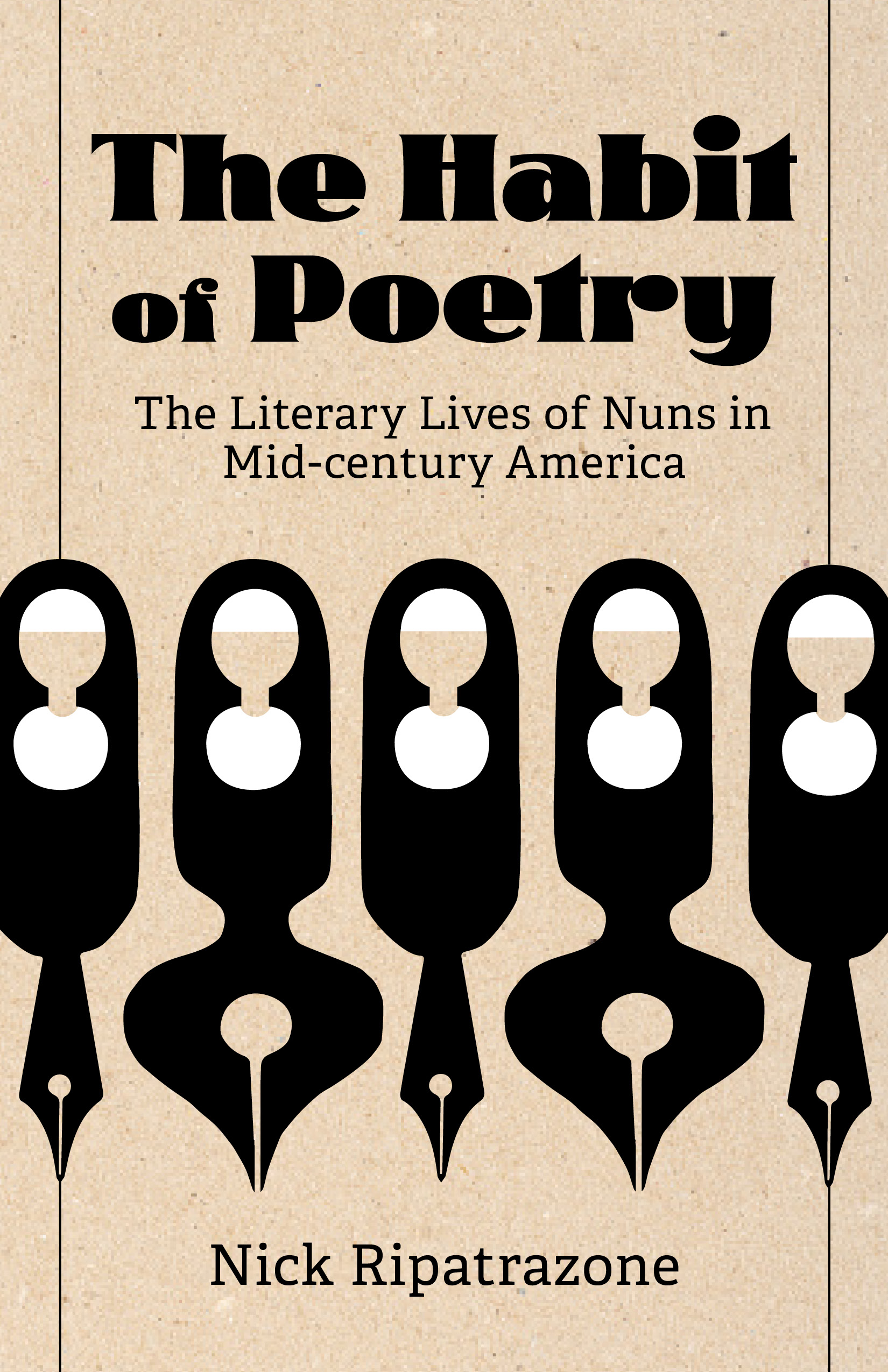The
Times Literary Supplement calls my
new book,
The Habit of Poetry: The Literary Lives of Nuns in Mid-century America, a "gripping survey," a "well-researched, skillfully argued study…Ripatrazone balances illuminating contextual information and biography with a strong selection of excerpted poems."
Something of a minor literary renaissance happened in midcentury America from an unexpected source. Nuns were writing poetry and being published and praised in secular venues. Their literary moment has faded into history, but it is worth revisiting.
The literary creations of poetic priests like Gerard Manley Hopkins, S.J., and Robert Southwell, S.J. have been both a blessing and a burden--creating the sense that male clergy alone have written substantial work. But Sor Juana Inés de la Cruz, the 17th century Mexican poet-nun famous for her iconic verses and trailblazing sense of the role of religious creative women, set the literary precedent for pious work from women.
Sister Mary Bernetta Quinn, a critic and poet, was praised by Flannery O'Connor and kept long correspondences with many of the best poets of her generation. Carmelite nun Sister Jessica Powers published widely. Sister M. Madeleva Wolff, poet and university president, transformed Catholic higher education.
The Habit of Poetry brings together these women and others. Their poetry is devotional and deft, complex and contemplative. This mid-20th century renaissance by nun poets is more than a literary footnote; it is a case study in how women negotiate tradition and individual creativity.

